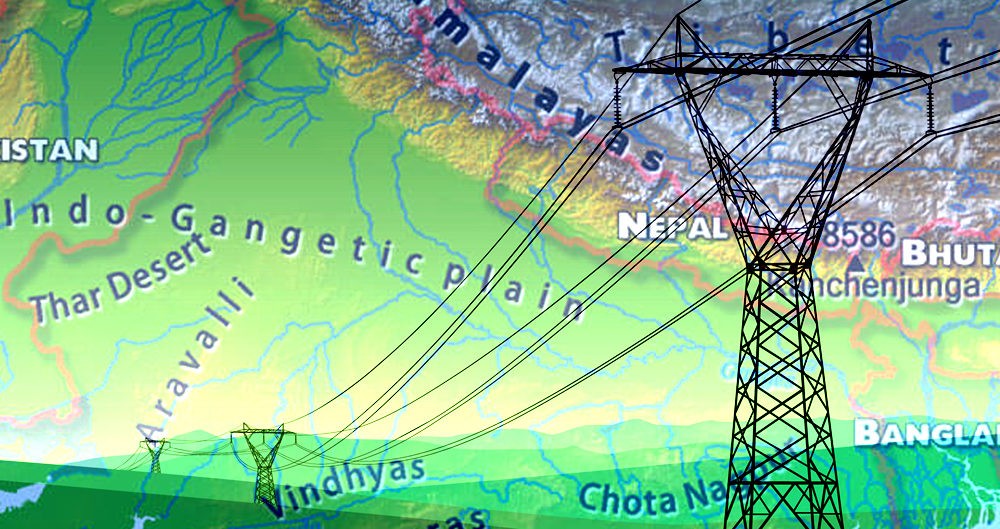The truth behind India’s ‘net exporter’ status
By EPR Magazine Editorial June 12, 2017 3:20 pm IST
By EPR Magazine Editorial June 12, 2017 3:20 pm IST

India becomes net exporter of power for the first time. What’s the reality?
Of late, India has been tagged as the ‘net exporter’ of electricity for the first time. As per Central Electricity Authority (CEA), the designated authority of government of India for cross border trade of electricity, during April to February this year, India has exported around 5,798 million units to Nepal, Bangladesh and Myanmar which is 213 million units more than the import of around 5,585 million units from Bhutan, India’s Power Ministry said in a statement. Export to Nepal and Bangladesh increased 2.5 and 2.8 times respectively in the last three years.
Lighting home
For years, a major population of rural India was deprived of electricity. The government’s ambitious Deen Dayal Upadhyay Gram Jyoti Yojna has taken several steps to bring rural India out of darkness. According to a power ministry report, there were 18,452 un-electrified villages when the current government assumed power. Out of this 13,469 villages have been electrified as of as of 18th May.
Empowering neighbours
The RealityRajesh Nandwani, VP and Business Unit Head–Switchgear, Anchor Electricals Pvt Ltd points out, “The reality remains that even today, 35 per cent of rural India has no access to the grid electricity. While the renewable energy is expected to bring a difference here, the fact remains that the nation still faces a power-deficit and we have to aim to bridge this gap first and make the country self-reliant, prior to exporting power.”
We use cookies to personalize your experience. By continuing to visit this website you agree to our Terms & Conditions, Privacy Policy and Cookie Policy.